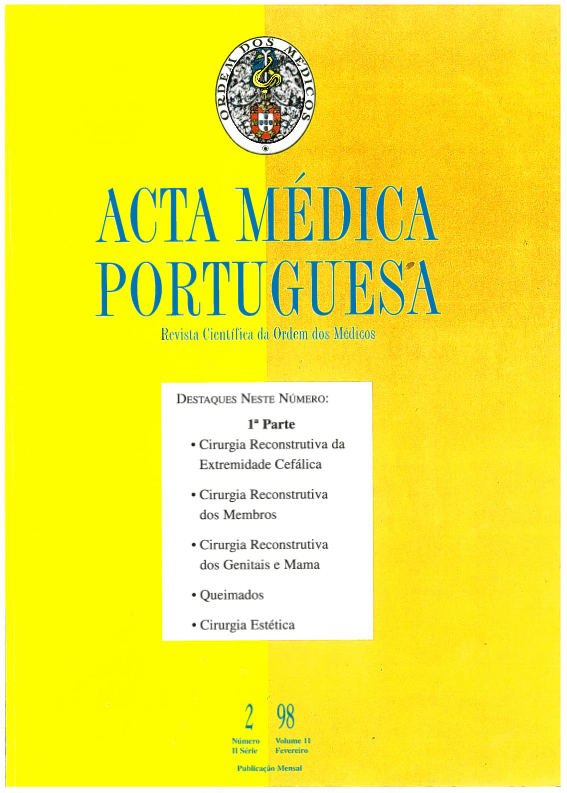Inhalation lesions in the burn patient.
DOI:
https://doi.org/10.20344/amp.2212Abstract
Inhalation injuries are currently the factor most responsible for mortality in thermally injured patients. Inhalation injuries may occur independently, but generally occur together with skin burn. Smoke inhalation affects all levels of the respiratory system and the extent of the inhalation injury depends on the duration, exposure, amount and toxicity of the fume temperature, concentration and solubility of toxic gases, the occurrence of the accident in a closed space and pre-existing diseases. Smoke inhalation also induces changes in the systemic organs with the need for more fluid for resuscitation. Systemic vasoconstriction, with an elevation in systemic vascular resistance, a fall in myocardial contractility and a great increase in lymphatic flow in soft tissue are the most important changes in systemic organs. On admission of a burn patient there is a high suspicion of inhalation injury when there are signs and symptoms such as hoarseness, strides, dyspnea, carbonaceous sputum, anxiety or disorientation, with or without face burns. The patient with these findings has partial airway obstruction and there is substantial risk complete airway obstruction occurring of secondary to the edema. Patients with suspected inhalation injury should be intubated so as to maintain airway patency and avoid a total obstruction. This group of patients frequently develop respiratory failure with the need for mechanical ventilatory support. Nosocomial infections, sepsis and multiple organ system failure may occur. Late complications of inhalation injury are tracheitis, tracheal stenosis or tracheomalacia and chronic airway disease, which is relatively rare. Early diagnosis of inhalation injury and treatment in a Burn Unit by a group of highly motivated clinicians and a good team of nurses is essential in order to decrease the morbidity and mortality related to inhalation injury.Downloads
Downloads
How to Cite
Issue
Section
License
All the articles published in the AMP are open access and comply with the requirements of funding agencies or academic institutions. The AMP is governed by the terms of the Creative Commons ‘Attribution – Non-Commercial Use - (CC-BY-NC)’ license, regarding the use by third parties.
It is the author’s responsibility to obtain approval for the reproduction of figures, tables, etc. from other publications.
Upon acceptance of an article for publication, the authors will be asked to complete the ICMJE “Copyright Liability and Copyright Sharing Statement “(http://www.actamedicaportuguesa.com/info/AMP-NormasPublicacao.pdf) and the “Declaration of Potential Conflicts of Interest” (http:// www.icmje.org/conflicts-of-interest). An e-mail will be sent to the corresponding author to acknowledge receipt of the manuscript.
After publication, the authors are authorised to make their articles available in repositories of their institutions of origin, as long as they always mention where they were published and according to the Creative Commons license.









